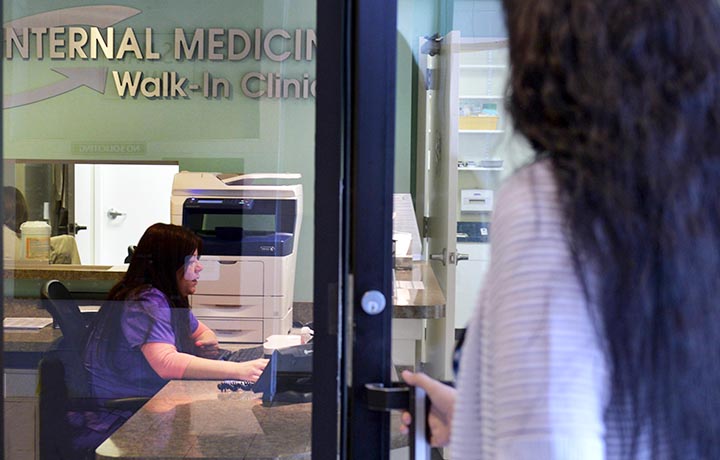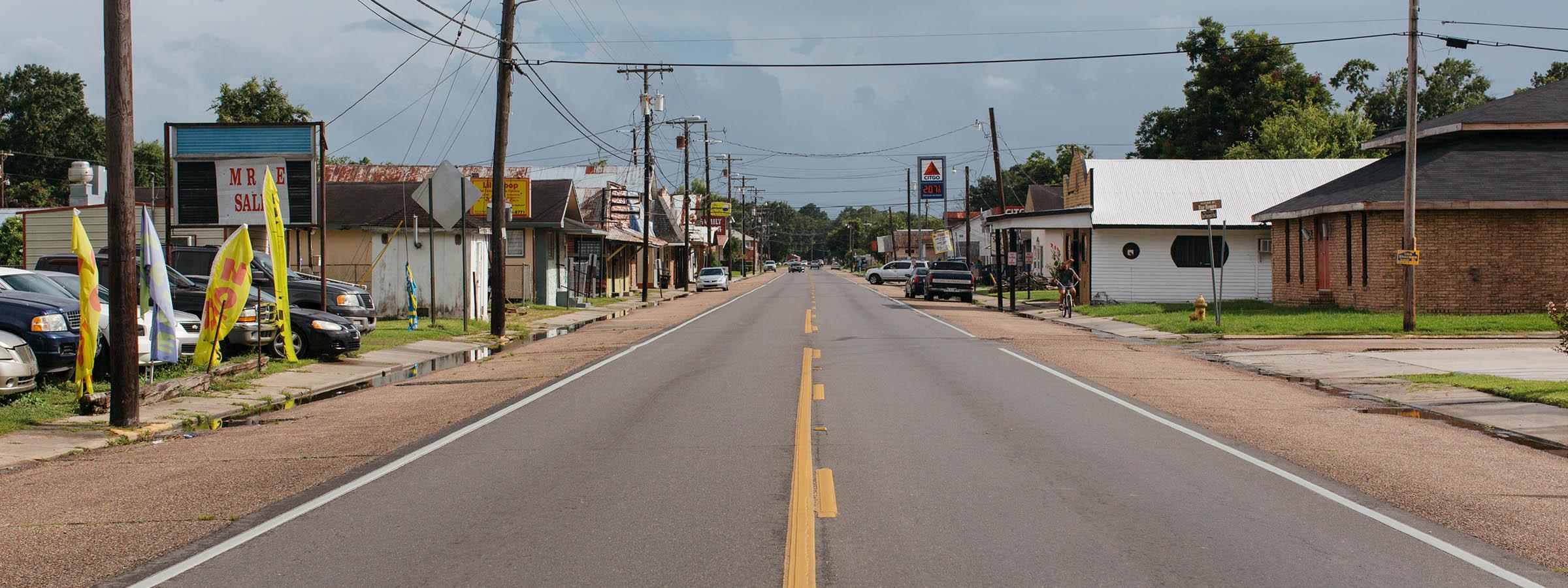Article
3-minute case study: Recruiting doctors to rural America
By Gale Pryor | May 22, 2017

What innovations drive success in healthcare? Here's a tactic from a high performer on the athenahealth network.
The problem
Community Care of West Virginia, a 53-provider network of community health centers, needed to expand from a few clinics to more than 50 to deliver care to a widespread patient population in a rural region. To grow significantly, the federally qualified health center would also need to hire more primary care physicians.
But primary care doctors — already in short supply — were especially difficult to recruit to West Virginia due to the opioid epidemic. In a region with the highest rate of opioid-related addiction and overdoses in the nation, patient visits were monopolized by pain management: identifying substance abuse, negotiating with patients on pill counts, and prescribing pain relief safely. Little time was left over to manage equally rampant hypertension, obesity, and diabetes among patients.
The solution
Community Care's CEO, Richard Simon, and its CMO, Sarah Chouinard, M.D., realized that by changing the way they addressed the opioid crisis, they might have an easier time recruiting new primary care physicians. So they hired a board-certified anesthesiologist to oversee the care of all patients prescribed opioids — and to relieve their primary care doctors of the precarious, time-consuming decision-making related to pain management in patient encounters.
Now, Community Care's providers refer patients to the pain management physician for a thorough examination. He reviews medical and psychological histories, cross-checks prescriptions against the state's Prescription Drug Monitoring Program database, assesses addiction risk, and integrates alternative therapies. When he determines a need for medication, the patient signs a contract setting terms for its use, and agrees to be monitored via urine tests and pill counts. Patients are seen by their primary care providers for all other needs.
The outcome
The Community Care pain program was just what Gregory Peters, M.D., a recent graduate, was looking for in his first job. “The thought that I could treat patients without having to deal with the chronic pain issue was really appealing," says Peters, “because I could say to patients, 'Okay, we have a way to help your pain. Let's talk about your medical problems.'"
Ten percent of Community Care's patients visit the pain management program each year. EHR data from more than 100,000 patient visits since the program began also shows a steady rise at the system's health centers in treatment for chronic diseases, paralleled by a drop in opioid prescribing — indicating that Community Care's primary care physicians now have the time and focus to address all of the medical needs of their patients.
And the pain management program has enabled Community Care to recruit the young providers who will be key to expansion. “With their energy and enthusiasm," says Simon, “quality improves automatically."
Gale Pryor is an associate editor of athenaInsight. Image Credit: Mrdoomits | Getty Images







